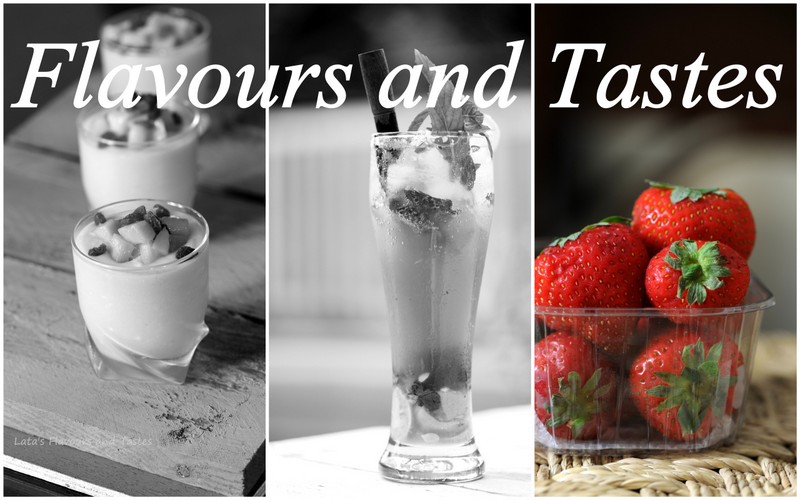
In spite of all the worry about the weather and delays, we had a good time with Niki while she was here. She was keen to try her cooking and baking skills on us, while I did all the cleaning up.
This was one of the buns she wanted to try and they turned out perfect. We baked just six buns and had them for breakfast.
The original recipe was copied from the bag that I purchased protein rich bread flour. Ng Ming Huat in Johore Bahru was the shop that would sell anything and everything related to baking. Their bread flours used to be truly flavourful and fresh. The bags will have one recipe that will work well if you follow the instructions.
I am posting this as Niki keeps reminding me to put this up for her to bake in her dorm. So here you go Niki and Nisha, who will be also trying to bake these.
Ingredients:
For the buns:
325 grams protein enriched bread flour ( We used a mix of wheat flour, all purpose flour and powdered oats, no specific proportion)
150 ml of milk and water put together
30 grams butter
15 grams vegetable shortening (We used Dalda)
3 table spoons sugar (The actual recipe was for sweet filling and had used 60 grams of sugar. Being a spiced stuffing we used less)
1 teaspoon salt
1 tablespoon yoghurt
1/2 tablespoon dried active yeast
For the stuffing:
2 medium size potatoes ( peeled, boiled and coarsely mashed)
1/2 an onion ( chopped)
2 green chillis finely chopped
1/2 teaspoon garam masala powder
Salt as required
1 tablespoon oil
Cooking the stuffing:
Heat oil in a pan. Add the onions and green chillis and saute' for few minutes until the onions are translucent.
Add the potatoes, salt and the garam masala and cook until almost dry.
Remove from the fire and keep aside.
For the Buns:
Seive the flour, salt and sugar together, reserving 1 teaspoon sugar to proof the yeast.
In a bowl, add the sugar to the yeast and sprinkle some flour over it. Warm the milk and water just enough to allow the yeast to rise. Add 1/4 of this to the yeast. Cover and leave aside for 15 minutes allowing the yeast to rise.
Mix 1 teaspoon of the shortening and 1 tablespoon of milk in a bowl and keep aside for brushing on top of the buns just before baking.
In a large bowl mix together the yeast, flour, sugar, butter, shortening, yoghurt and salt. Adding milk knead to a soft dough.
Cover and allow to proof; this takes about an hour to an hour and a quarter.
After the dough has almost doubled in size, punch down on a dry board using little flour.
Divide into six portions. Divide the filling into six portions.
Roll the dough in small flat discs, keep the filling in and roll into balls.
Repeat with all the buns. Place all of them on a greased tray.
At this point, preheat the oven to 200 degrees centigrade.
By the time the oven has attained optimum temperature the buns may have increased in size.
Brush the milk+shortening mix on top of the buns and bake them for 17 minutes to 20 minutes until brown on top.
These buns will be slightly heavy because of the filling. Also as we are adding different flours, they will not be very soft as those made with allpurpose flour alone. The crust might be a bit hard but the insides would be soft.
You may fill the buns with sweetened coconut. In such a case, the buns have to be made sweet and increase the quantity of sugar added to the dough.
Also the vegetables can be combined to make a healthier version. You may enrich them with partly cooked bean sprouts.
I am sending this to Srivalli's Kids' delight- Wholesome Breakfast Event






















